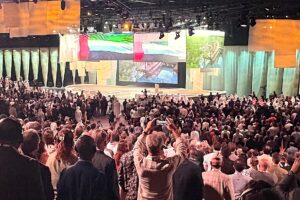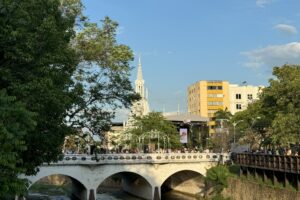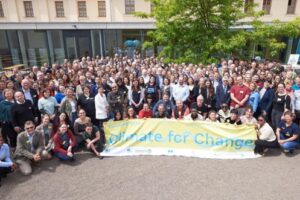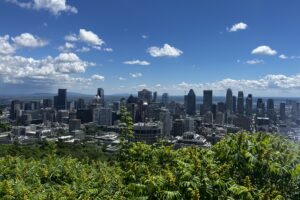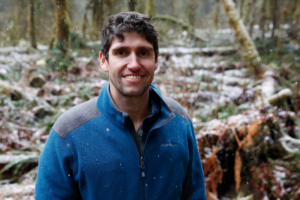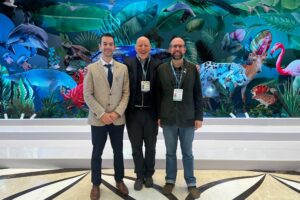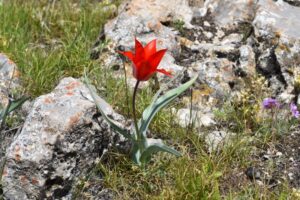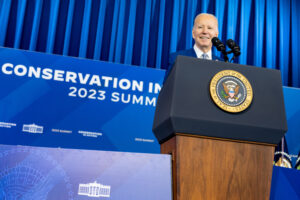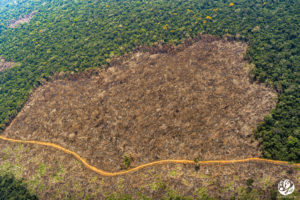Collaboration in Action: CLLC at the World Conservation Congress
Species extinction… climate change… increasing pollution. There’s no denying our planet is in crisis. So how do we to avert ecosystem collapse and secure the health and well-being of all life on Earth? Held every four years, the IUCN World Conservation Congress (WCC) brings together thousands of conservation leaders to reach consensus on saving the environment and harnessing nature to solve pressing global challenges.
